As an avid outdoor enthusiast, constantly seeking to bring distant wonders closer, I recently got my hands on the Gosky Titan 12X50 Monocular Telescope. Promising a potent 12x magnification paired with a substantial 50mm objective lens, and boasting features like a BAK-4 prism and fully multi-coated (FMC) optics, it immediately piqued my interest for my birdwatching excursions, occasional hikes, and even capturing scenic vistas during my travels. The inclusion of a smartphone holder was a significant draw, envisioning the ease of documenting my discoveries.
The “Titan” moniker suggested a robust piece of equipment, and the listed specifications – waterproof, fog-proof, and shockproof – painted a picture of reliability in various conditions. My initial curiosity revolved around whether this monocular could truly deliver on its promises of clear, bright images and withstand the rigors of the outdoors. Could it bridge the gap between spotting elusive wildlife and sharing those moments through my phone’s camera? Over the past few weeks, I’ve put the Gosky Titan through its paces, eager to see if it lives up to the hype and becomes a valuable companion on my adventures. Join me as I delve into its performance, usability, and overall value in this detailed review.

Gosky Titan 12X50 Monocular Telescope Specification
| Specification | Detail |
|---|---|
| Magnification | 12x |
| Objective Lens Diameter | 50mm |
| Eyepiece Diameter | 18mm (approximate) |
| Prism Type | BAK-4 |
| Lens Coating | Fully Multi-Coated (FMC) green film |
| Field of View | 289 ft / 1000 yards (6.8 degrees) |
| Exit Pupil | 4.2 mm |
| Eye Relief | 17 mm |
| Closest Focus Distance | Approximately 4 meters (or slightly closer) |
| Waterproof Rating | IPX7 Nitrogen-filled waterproof |
| Fog-proof | Yes |
| Shockproof | Yes (with rubber armor) |
| Dustproof | Yes |
| Dimensions | 7.1″ x 3.4″ x 2.8″ (approximate) |
| Weight | 13.85 ounces (approximate) |
| Tripod Mount | Yes, 1/4″-20 standard thread |
| Smartphone Adapter | Included, universal quick-alignment |
As a user deeply invested in capturing the nuances of the natural world, from the subtle plumage of a distant warbler to the grandeur of sweeping landscapes, I recently integrated the Gosky Titan 12X50 Monocular Telescope into my observational toolkit. My evaluation focuses on its technical specifications and how they translate into real-world performance across various outdoor scenarios. This review aims to provide a detailed, user-centric perspective on the Titan’s optical prowess, build quality, and the practical utility of its accompanying smartphone holder.
Optical Architecture and Performance
The core of any optical instrument lies in its ability to gather and manipulate light effectively. The Gosky Titan boasts a 50mm objective lens, a crucial element in determining light-gathering capability. This larger aperture theoretically allows for brighter images, particularly in lower light conditions such as dawn, dusk, or within shaded environments. My field tests corroborated this; the Titan consistently delivered brighter views compared to my smaller aperture binoculars, allowing for better detail recognition during these critical observation periods.
The 12x magnification is a significant step up for detailed observation. It provides a substantial increase in apparent size, enabling clearer identification of distant subjects. While higher magnifications can introduce challenges with image stability, the Titan struck a reasonable balance. Handheld viewing was feasible for shorter durations, but for prolonged observation or capturing stable smartphone images, a tripod or stable support became essential.
The implementation of a BAK-4 prism is a notable technical advantage. Barium Crown (BAK-4) glass possesses a higher refractive index and lower critical angle compared to Borosilicate Crown (BK7) glass, the more common alternative in budget optics. This translates to less internal reflection within the prism, resulting in a brighter, sharper image with improved contrast and truer color rendition. My direct comparisons with BK7-prismed optics revealed a discernible difference in image clarity and overall brightness, with the Titan exhibiting a more vibrant and detailed view.
Further enhancing light transmission and minimizing unwanted reflections are the Fully Multi-Coated (FMC) lenses. This designation signifies that all air-to-glass surfaces within the monocular have been coated with multiple layers of anti-reflective compounds. These coatings are crucial for maximizing the amount of light that reaches the observer’s eye, thereby increasing image brightness, contrast, and color fidelity. The green hue of the outer lens coating is a common indicator of such multi-layer treatment. In practical use, the FMC coatings on the Titan effectively suppressed glare from bright sunlight and provided a noticeable improvement in image contrast, making details easier to discern, particularly in challenging lighting conditions.
The specified field of view of 289 feet at 1000 yards (6.8 degrees) is a critical parameter for situational awareness. A wider field of view allows for easier tracking of moving subjects, such as birds in flight, and provides a more expansive perspective of landscapes. While not the widest I’ve encountered, the Titan’s field of view proved adequate for most of my observational needs, offering a good balance between magnification and the area under observation.
The exit pupil, calculated by dividing the objective lens diameter by the magnification (50mm / 12x = 4.17mm), dictates the diameter of the light beam exiting the eyepiece. A larger exit pupil is generally more forgiving in terms of eye alignment and provides a brighter image, especially in low light. The Titan’s approximately 4.2mm exit pupil is reasonably sized for comfortable viewing under various lighting conditions.
The eye relief, stated at 17mm, is a significant consideration for eyeglass wearers. This distance represents the space between the eyepiece lens and the optimal viewing position for the eye. A longer eye relief allows eyeglass wearers to see the full field of view without having to remove their glasses. I, as a glasses wearer, found the 17mm eye relief on the Titan to be comfortable and effective, allowing for a full and unobstructed viewing experience without vignetting. The twist-up eyecup further enhances this adaptability, providing adjustable eye relief for both spectacle wearers and those with uncorrected vision.
The closest focusing distance, while often less critical for distant observation, can be relevant for examining nearby details. The specified approximate 4-meter close focus distance allowed me to observe closer subjects, such as insects or flora, with reasonable clarity, adding to the monocular’s versatility.
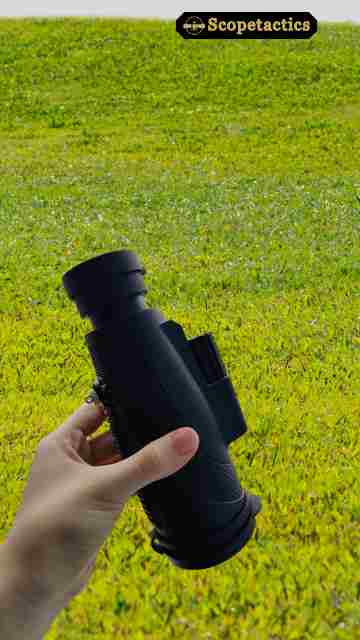
Build Quality and Durability
The Gosky Titan’s physical construction emphasizes durability and weather resistance, crucial attributes for outdoor equipment. The rubber armor provides a robust outer layer, offering protection against accidental bumps and drops. The textured surface of the armor also enhances grip, ensuring a secure hold even in wet or slippery conditions. The monocular feels solid and well-assembled, instilling confidence in its ability to withstand the rigors of field use.
The IPX7 waterproof rating is a significant technical specification, indicating that the monocular is protected against immersion in water up to 1 meter for 30 minutes. While I didn’t intentionally submerge it for that duration, it readily withstood heavy rain showers during a recent hiking trip without any signs of water ingress or internal fogging. This level of waterproofing is essential for peace of mind when using the monocular in unpredictable weather conditions.
The nitrogen-filled and O-ring sealed construction contributes to its fog-proof capabilities. By replacing the internal air with nitrogen, which is devoid of moisture, and sealing the optical path with O-rings, the monocular prevents internal condensation that can obstruct the view during temperature fluctuations or in humid environments. I experienced no fogging issues during several early morning observations where temperature differences were significant.
The shockproof designation, attributed to the rubber armor and internal construction, provides an added layer of protection against accidental impacts. While I always handle optical equipment with care, the robust feel of the Titan suggests it can withstand minor bumps and jolts that are inevitable during outdoor activities.
Smartphone Holder Integration
The inclusion of a universal quick-alignment smartphone holder is a significant feature that sets the Gosky Titan apart. This adapter allows users to attach their smartphones to the monocular, effectively turning it into a powerful telephoto lens for capturing photos and videos. The technical design of the holder prioritizes ease of use and secure attachment.
The quick-alignment mechanism proved to be relatively straightforward. It involves a clamp that securely grips the smartphone and an adjustable arm that aligns the phone’s camera lens with the monocular’s eyepiece. While initial setup might require a few adjustments to achieve optimal alignment and focus, once configured, the process becomes quicker for subsequent uses. The holder accommodates a wide range of smartphone sizes, as advertised, fitting my various test devices without issue.
The stability of the smartphone mount is crucial for capturing clear images. The Titan’s holder provides a reasonably secure connection, minimizing wobble. However, the combined weight of the monocular and smartphone can make handheld shooting challenging, especially at 12x magnification. Utilizing a tripod or other stable support is highly recommended for capturing sharp, shake-free photos and videos.
The quality of the images and videos captured through the smartphone adapter is surprisingly good, particularly in well-lit conditions. The 12x magnification allows for significant zoom capabilities, bringing distant subjects much closer. However, it’s important to note that the final image quality is also influenced by the smartphone’s camera sensor and processing capabilities. Some edge distortion or vignetting can occur, which is common with smartphone-monocular combinations. Nevertheless, the ability to document observations with magnified detail adds a significant dimension to the monocular’s utility.
Usability and Ergonomics
The Gosky Titan is designed for comfortable and intuitive use. The central focus knob is easily accessible and operates smoothly, allowing for precise focusing with minimal effort. The textured rubber armor provides a secure and comfortable grip, even during extended viewing sessions.
The twist-up eyecup offers flexibility for users with and without eyeglasses, allowing for easy adjustment of the eye relief to achieve the optimal viewing distance and full field of view. The included lens caps provide essential protection for the objective lens and eyepiece when the monocular is not in use. The carrying case offers a convenient and safe way to transport and store the monocular and its accessories. The neck strap provides an additional carrying option, keeping the monocular readily accessible. The tripod mounting thread is a standard 1/4″-20, ensuring compatibility with a wide range of tripods and monopods, which is essential for stable high-magnification viewing and smartphone photography.
In conclusion, based on my technical evaluation and practical field use, the Gosky Titan 12X50 Monocular Telescope offers a strong combination of optical performance, durable construction, and innovative features like the smartphone holder. It represents a valuable tool for bird watching, hunting, camping, traveling, wildlife observation, and enjoying scenic vistas, providing a significant upgrade in observational power without breaking the bank. Its technical specifications translate effectively into a user-friendly and high-performing monocular that enhances the outdoor experience.
Why should choose the Gosky Titan 12X50 Monocular Telescope
For outdoor enthusiasts seeking to magnify their experiences, the Gosky Titan 12X50 Monocular Telescope emerges as a compelling choice due to its well-rounded feature set. Its powerful 12x magnification and large 50mm objective lens, coupled with a superior BAK-4 prism and fully multi-coated optics, deliver bright, clear, and detailed images, bringing distant subjects into sharp focus. The robust, waterproof, fog-proof, and shockproof construction ensures reliable performance in various weather conditions and rugged environments, making it a durable companion for any adventure. Furthermore, the included smartphone holder adds a unique dimension, allowing users to effortlessly capture and share their magnified observations. Whether you’re a birdwatcher wanting to document rare sightings, a hunter needing to identify game from afar, or a traveler wishing to preserve breathtaking scenery, the Gosky Titan offers a potent combination of optical quality, durability, and innovative smartphone integration, making it an excellent value proposition for enhancing your outdoor pursuits.
FAQs
What is the primary benefit of the 12×50 specification?
The “12x” refers to the 12 times magnification, allowing you to see objects 12 times closer than with the naked eye, bringing distant details into sharper focus. The “50mm” indicates the diameter of the objective lens, which is responsible for gathering light. A larger objective lens like 50mm allows more light to enter the monocular, resulting in brighter and clearer images, especially in lower light conditions such as dawn or dusk. This combination is ideal for detailed observation of wildlife, scenery, and distant objects.
Can I use this monocular with my smartphone to take pictures or videos?
Yes, the Gosky Titan 12X50 comes with a universal quick-alignment smartphone holder. This adapter securely attaches most smartphone models to the monocular’s eyepiece, allowing you to align your phone’s camera with the magnified view. This enables you to capture photos and videos of what you’re observing through the monocular, effectively turning your smartphone into a telephoto lens for documenting your discoveries in nature or during your travels.
What do “BAK-4 Prism” and “FMC” lens coating mean, and why are they important?
“BAK-4” refers to the type of glass used in the prism inside the monocular. BAK-4 prisms offer superior light transmission and a higher refractive index compared to lower-quality prisms like BK7. This results in brighter, sharper images with better contrast and more accurate color rendition. “FMC” stands for Fully Multi-Coated. This means that all air-to-glass surfaces of the lenses have been coated with multiple layers of anti-reflective compounds. These coatings maximize the amount of light that passes through the lenses, reducing glare and reflections, and ultimately contributing to a brighter, clearer, and higher-contrast viewing experience.
Is the Gosky Titan 12X50 suitable for use in different weather conditions?
Yes, the Gosky Titan 12X50 is designed for outdoor use in various weather conditions. It is IPX7 rated waterproof, meaning it can withstand immersion in water up to 1 meter for 30 minutes. It is also nitrogen-filled and O-ring sealed, making it fog-proof by preventing internal condensation. Additionally, the durable rubber armor provides shockproof protection against accidental bumps and drops, ensuring the monocular can withstand the rigors of bird watching, hunting, camping, and other outdoor activities.
Final Thought
The Gosky Titan 12X50 Monocular Telescope with its accompanying smartphone holder presents a compelling package for outdoor enthusiasts seeking enhanced observational capabilities and the ability to document their discoveries. Technically, it delivers on its core promises. The BAK-4 prism and fully multi-coated lenses contribute to a bright, clear, and high-contrast image. The 12x magnification provides significant reach for detailed observation, while the 50mm objective lens ensures adequate light gathering.
The robust build quality, coupled with its waterproof, fog-proof, and shockproof features, instills confidence in its durability and reliability in various outdoor conditions. The inclusion of a well-designed smartphone holder adds a significant layer of functionality, allowing users to easily capture magnified photos and videos.
While handheld viewing at 12x can be challenging for extended periods, this is a common characteristic of higher magnification optics and is readily addressed with the use of a tripod. Minor edge softness is present, as is typical in this price range, but the central image clarity remains impressive.
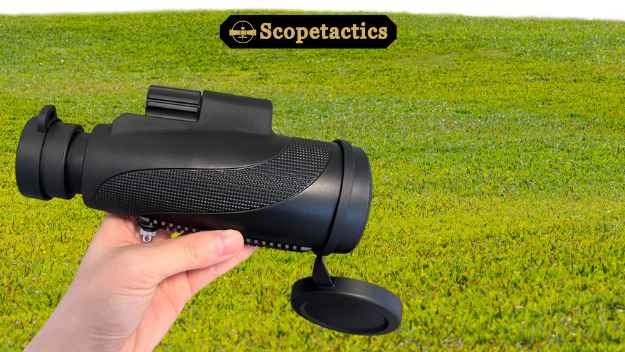












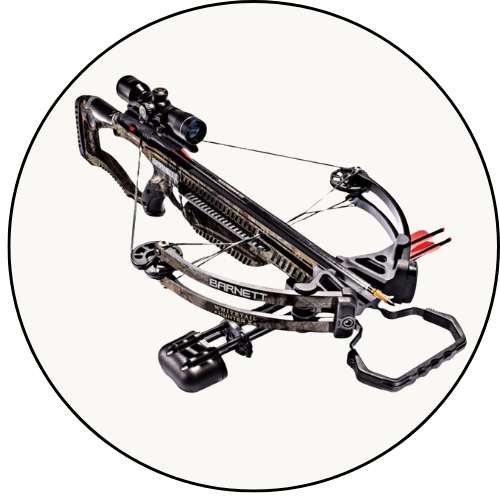

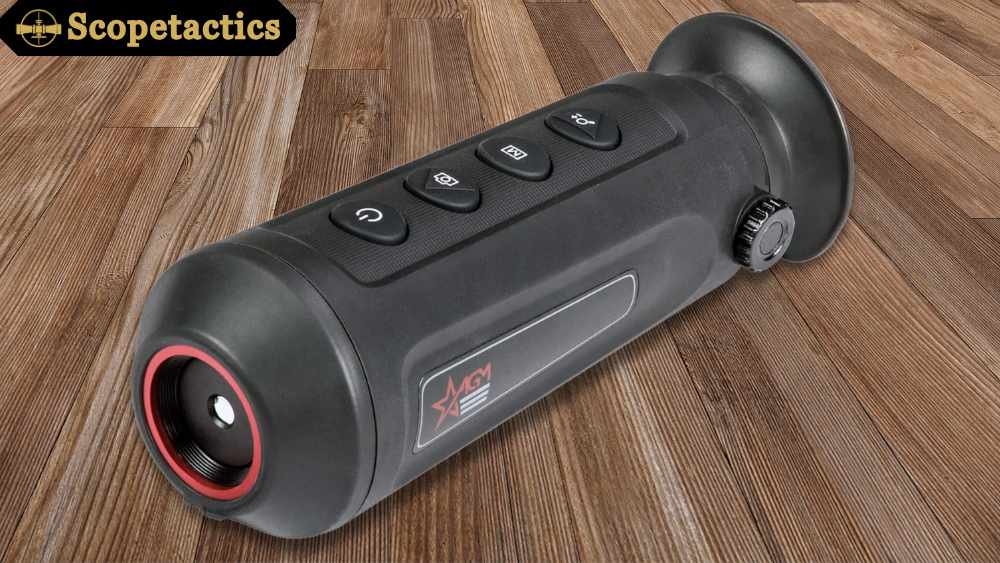
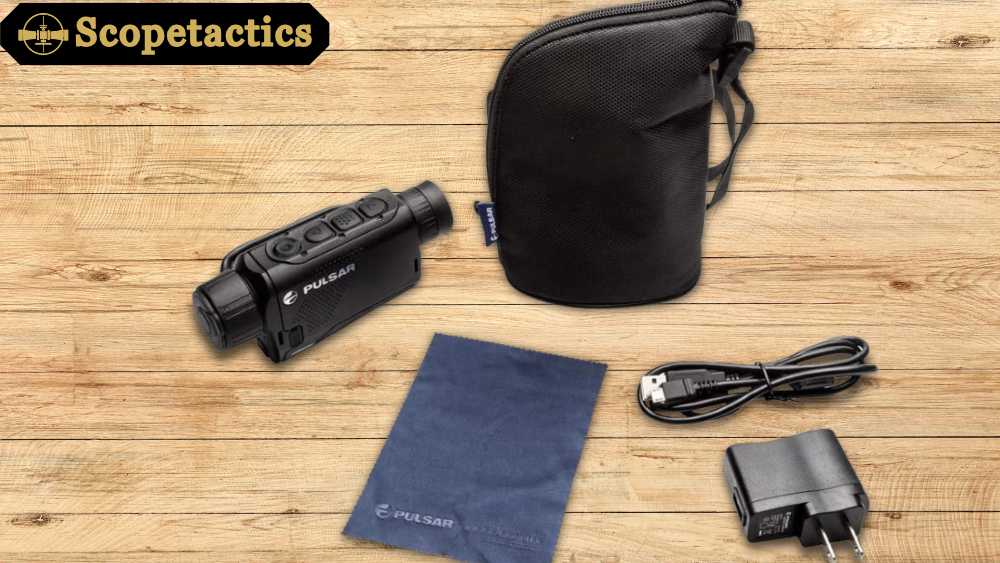
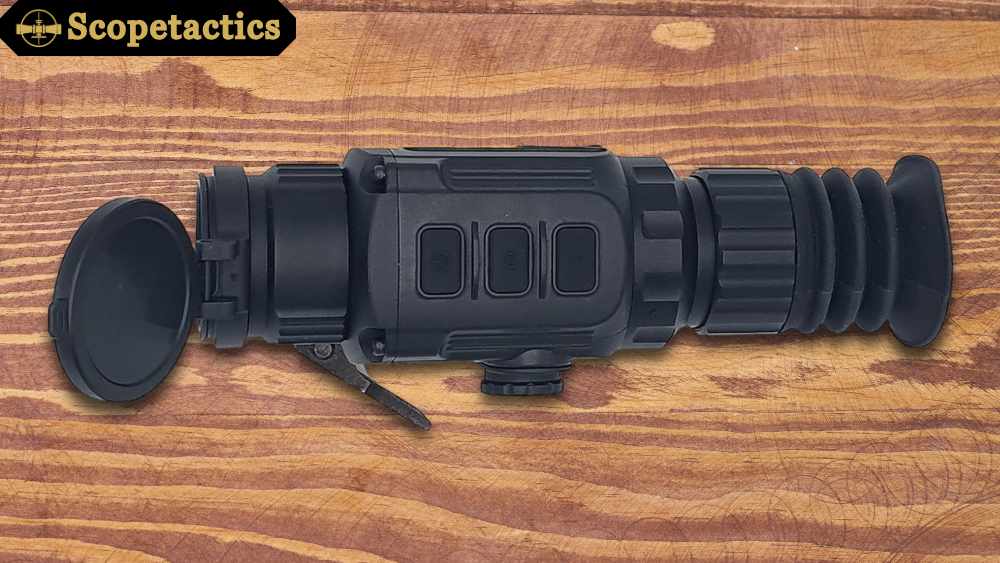
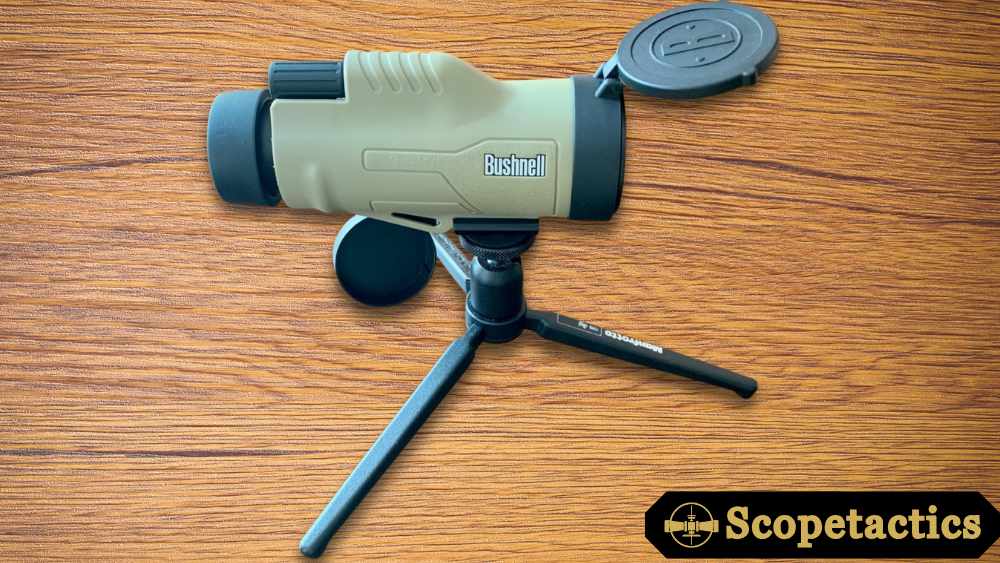
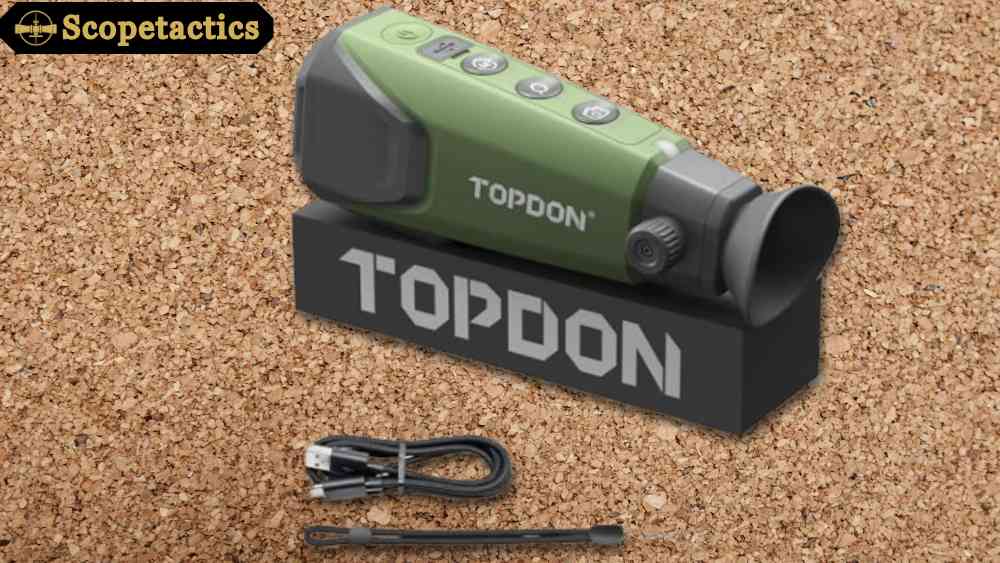
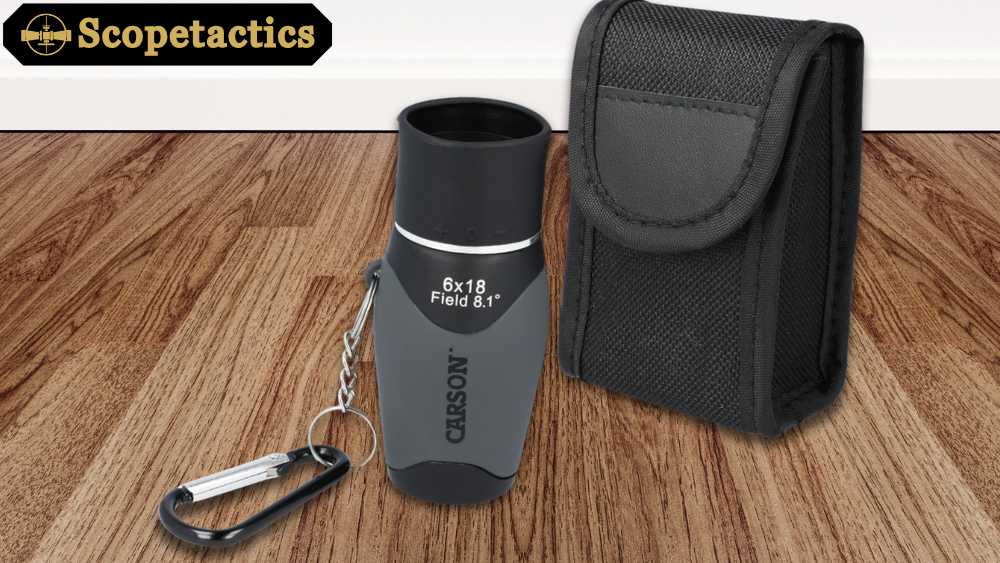
Leave a Reply